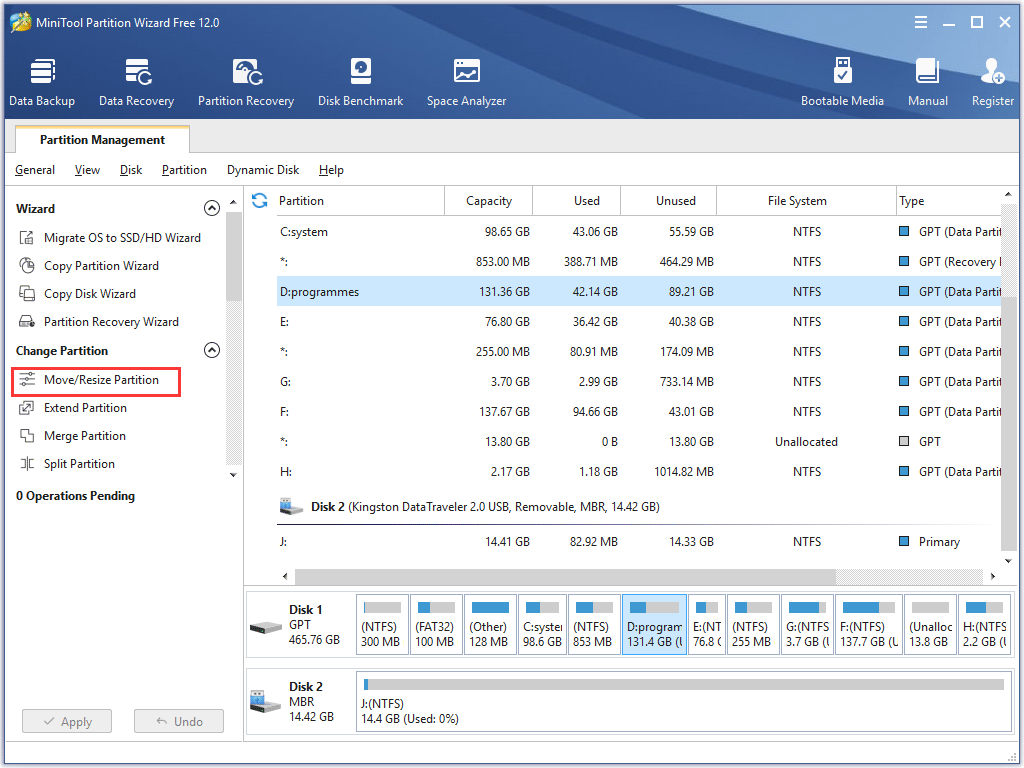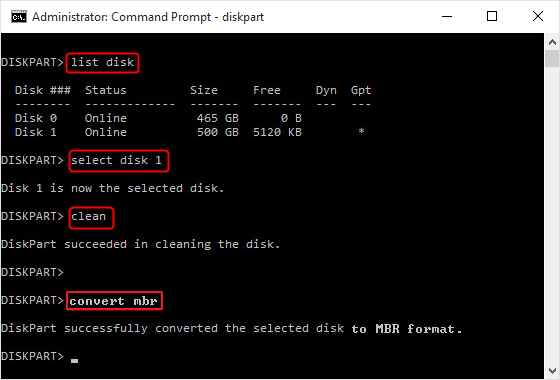

- #Change basic data partition to primary partition software
- #Change basic data partition to primary partition windows
Open a command prompt and type diskpart and press Enter. Note: To change a dynamic disk back to a basic disk using a command line, back up all volumes on the disk you want to convert from dynamic to basic.
#Change basic data partition to primary partition windows
The third dynamic to basic disk converter I can offer is the command line, which is preferred by numerous of Windows users. ( For the older operating systems, right click the dynamic disk and choose Convert to Basic Disk which is now available.)Īll is done! Now create partitions on the unallocated space, and then save the backup files to the new partitions. The dynamic disk will turn into basic disk automatically if you are converting dynamic disk to basic disk on Windows 10. On the new window, confirm that you want to delete the simple volume. Right click a volume on the dynamic disk and choose Delete Volume. If you want to keep your data, back it up or move it to another volume before you convert the disk to a basic disk." Microsoft explains that to change a dynamic disk back to a basic disk using the Windows interface, "the disk must not have any volumes nor contain any data before you can change it back to a basic disk. Note: This way requires deleting all the volumes, for Convert to Basic Disk feature is invalid before the deletion. The second way to convert disk from dynamic to basic is to use Disk Management utility, which can be accessed by running "diskmgmt.msc" at Start menu.

"Hey! Want to convert disk from dynamic to basic? Maybe you can copy dynamic disk to basic disk, another way to address your issue." Click to Tweet Way 2: Using the Windows Interface Finally, click Apply to start the cloning. See! The target disk will have a copy of the volumes on the dynamic disk. Ignore the "how to boot" information (since you are copying non-system disk) and click Finish. (Please note that "Copy partitions without resize" is not available while copying a dynamic disk.) At the Review page, you can edit the partition size before you click Next. Hence make sure it is ready for the copy. Note that all data on the target disk will be destroyed. Now choose the target disk and confirm your choice. Just choose the dynamic disk you want to copy and click Next. Launch MiniTool Partition Wizard and select Copy Disk Wizard from the menu bar. Please follow the step-by-step guide below: Note: When it comes to dynamic disk, Copy Disk only works with non-system disk.

Want to know the best part? Just move on! First Choice: Convert Dynamic Disk to Basic Disk As the best dynamic disk converter, MiniTool Partition Wizard offers 2 choices to convert dynamic disks to basic disks. Why is it popular? Well, this partition manager is able to deal with all kinds of dynamic disk issues, such as move/resize volume, copy volume, check file system, change volume cluster size, convert dynamic disk to basic, etc. If you want a straight forward and safe way, I guess you will be glad to know MiniTool Partition Wizard – the most popular disk management utility. By reading this post, I guess you can find the best one for you. Normally, there are 3 ways to convert disk from dynamic to basic disk. Anyhow, now you want to convert a dynamic disk to a basic disk, what should you do? Or you may regret of converting a basic disk to dynamic disk. While doing hard drive maintenance, some of you may find your hard disk became dynamic in Windows Disk Management utility. If anyone posts a guide to accomplish the same I would be really grateful!" But the option for the same is grayed out in Disk Management. "Running windows 10, due to some personal reasons want to change my dynamic disk to a basic disk. Here MiniTool Partition Wizard is such a prefessional dynamic disk converter that can help you convert dynamic disk to basic without data loss.
#Change basic data partition to primary partition software
Usually, to convert a dynamic disk to basic disk, you have to delete all dynamic volumes in Windows first unless you turn to a third-party software for help.


 0 kommentar(er)
0 kommentar(er)
